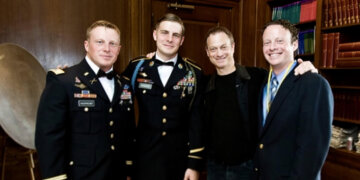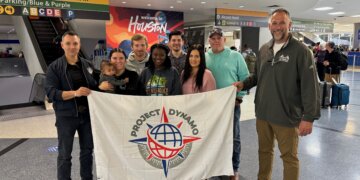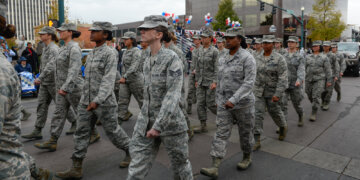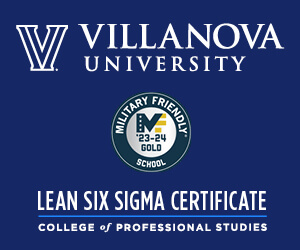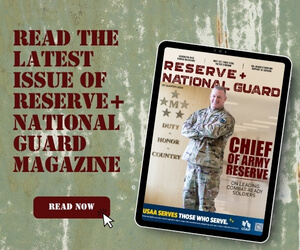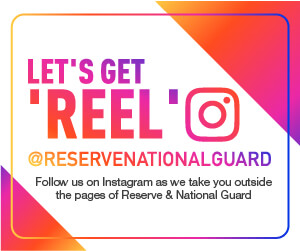This article was originally published in the 2022 1st Quarter edition of Reserve & National Guard Magazine.
What they do would make Indiana Jones proud.
“They” are American Veterans Archaeological Recovery (AVAR) and “what they do” is conduct archaeological fieldwork, giving service members work experience, as well as long-term social and psychological benefits.
But of course, Indiana Jones is a romanticized, Hollywood depiction of what archaeology is.
“Archaeology is a team effort, which is a big reason that AVAR exists,” said Dr. Stephen Humphreys, founder and CEO of AVAR and an Air Force veteran. “Archaeology digs feature a lot of people doing a lot of different jobs on site and working eight hours a day in difficult conditions. Indiana Jones does not do that.”
But for AVAR, it’s not just participation, it’s what Humphreys calls “rehabilitation archaeology,” which is where the long-term benefits come into play.
“Archaeology is unusually capable of putting people together in this intense social environment and creating groups in a way that’s not too dissimilar from a deployment or a basic training experience,” Humphreys said.
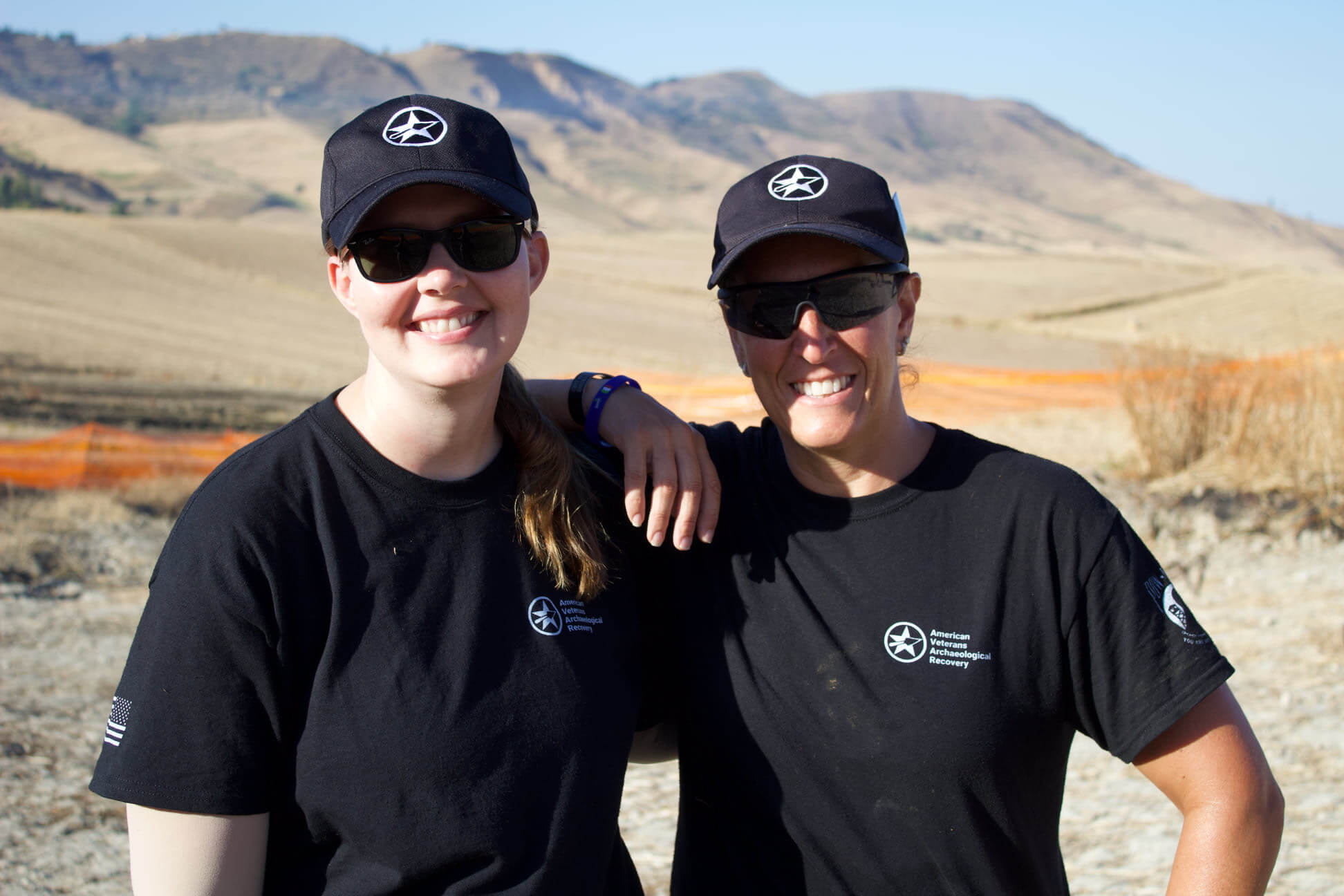
A 2015 study, “The biopsychosocial benefits and shortfalls for armed forces veterans engaged in archaeological activities,” published in 2016 in “Nurse Education Today,” determined that archaeology offers “multi-factorial hope for veterans searching for ways to ease the transition to civilian life and recover from military stress and trauma.”
The digs, according to Humphreys, “tend to be beneficial” for veterans who might feel “disconnected” or not be as active in the veteran community anymore.
“We give them a chance to work together with people who understand what they’ve gone through while they’re doing a really important mission” said Humphreys, a 40-year-old Wichita Falls, Texas, native.
Digging into passions
Humphreys served six-and-a-half years in the Air Force, reaching the rank of captain as an aircraft maintenance officer.
After leaving the service in 2010, he and his wife, Clarissa, had the opportunity to go on a dig in Israel. They reasoned it would be a chance to travel and check out the country.
“Had no idea what archaeology was about,” Humphreys said. “Had no interest in it whatsoever and then as soon as I started digging, I just thought, ′Wow, this is what I’m going to do for the rest of my life.′”
Humphreys founded AVAR in 2016, combining his three passions — history, archeology and veterans — into one charity.
Because of that, 1st Sgt. Sandra Johnson, who oversees a medical company in the Minnesota Army National Guard, participated in her first dig with AVAR in May 2019 in the Saratoga National Historical Park in New York.
In conjunction with the National Park Service and the American Battlefield Trust, AVAR searched a battlefield from the American Revolution to see what pieces of history they could find and to map out how the actual battle took place.
“It was awesome,” Johnson said. “We learned how to use metal detectors; we learned how to grid and mark finds.”
The team discovered items like musket balls and case shots – “artillery that the Germans shot out at us” – according to Johnson.
“We would take the artifacts back and they taught us how to clean them and how to catalog them,” Johnson said.
AVAR joint-effort experiences
In July and again in October, AVAR excavated two sites in Sicily where two U.S. planes were shot down during World War II. The pilots were the only occupants, so the digs were essentially to find their remains and hand them over to the DOD.
The digs were a joint effort between AVAR and the Defense POW/MIA Accounting Agency. Johnson served as a medic on one of the digs.
The National Parks Department forbids anyone from digging up battlefields or even walking around them with a metal detector.
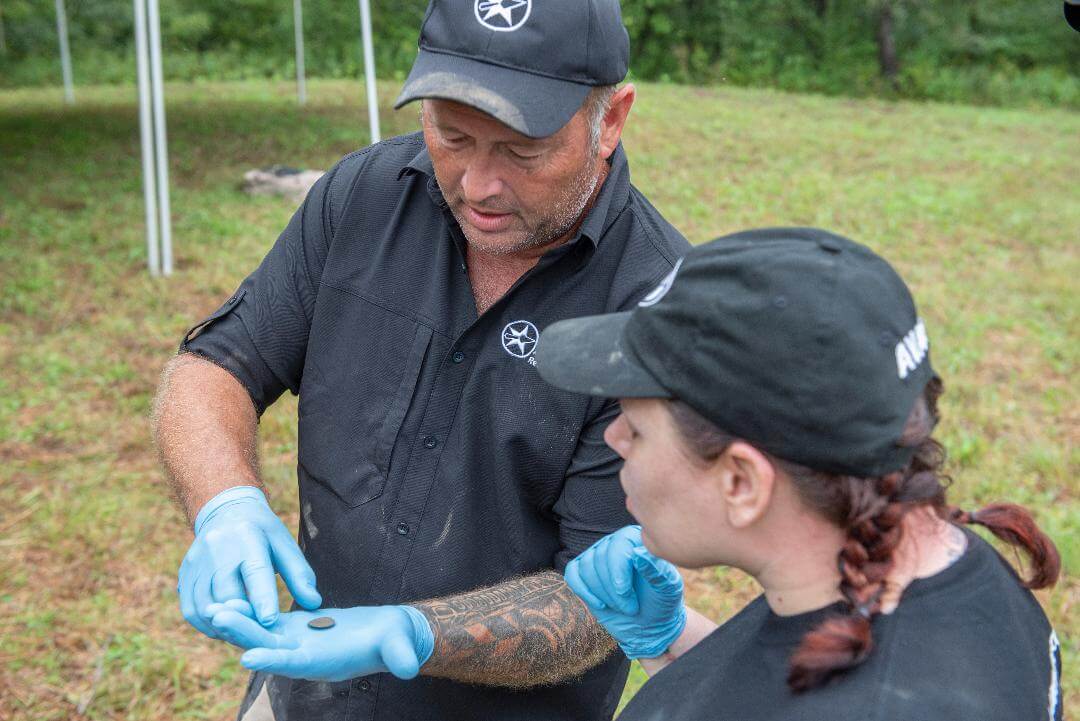
“A lot of what we’re doing is getting these permits, these governmental permissions, and we’re applying for funding through grants,” Humphreys said. “That’s what archeologists really do, just as much as we move dirt.”
Service members on active duty can also work with AVAR. Humphrey said AVAR was recently accepted into DOD’s Skillbridge Program, which allows active-duty service members to work with an “approved civilian agency” during the last six months of their service with commander approval.
Johnson highly recommends this.
“You’re meeting other veterans where you have similar interests, you’re making new friends and you’re learning valuable skills,” she said. “I try to go on at least one a year if possible.”





















